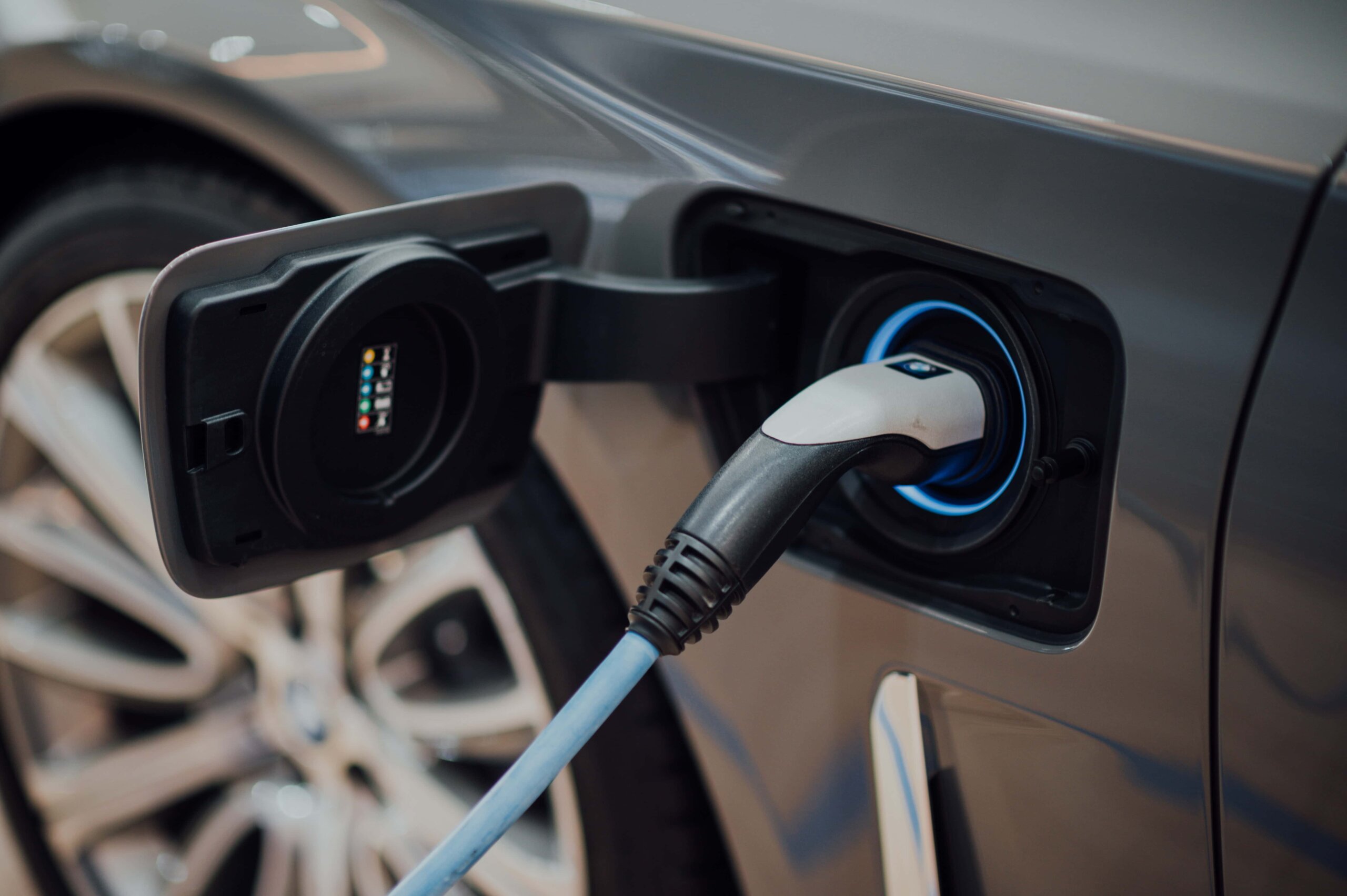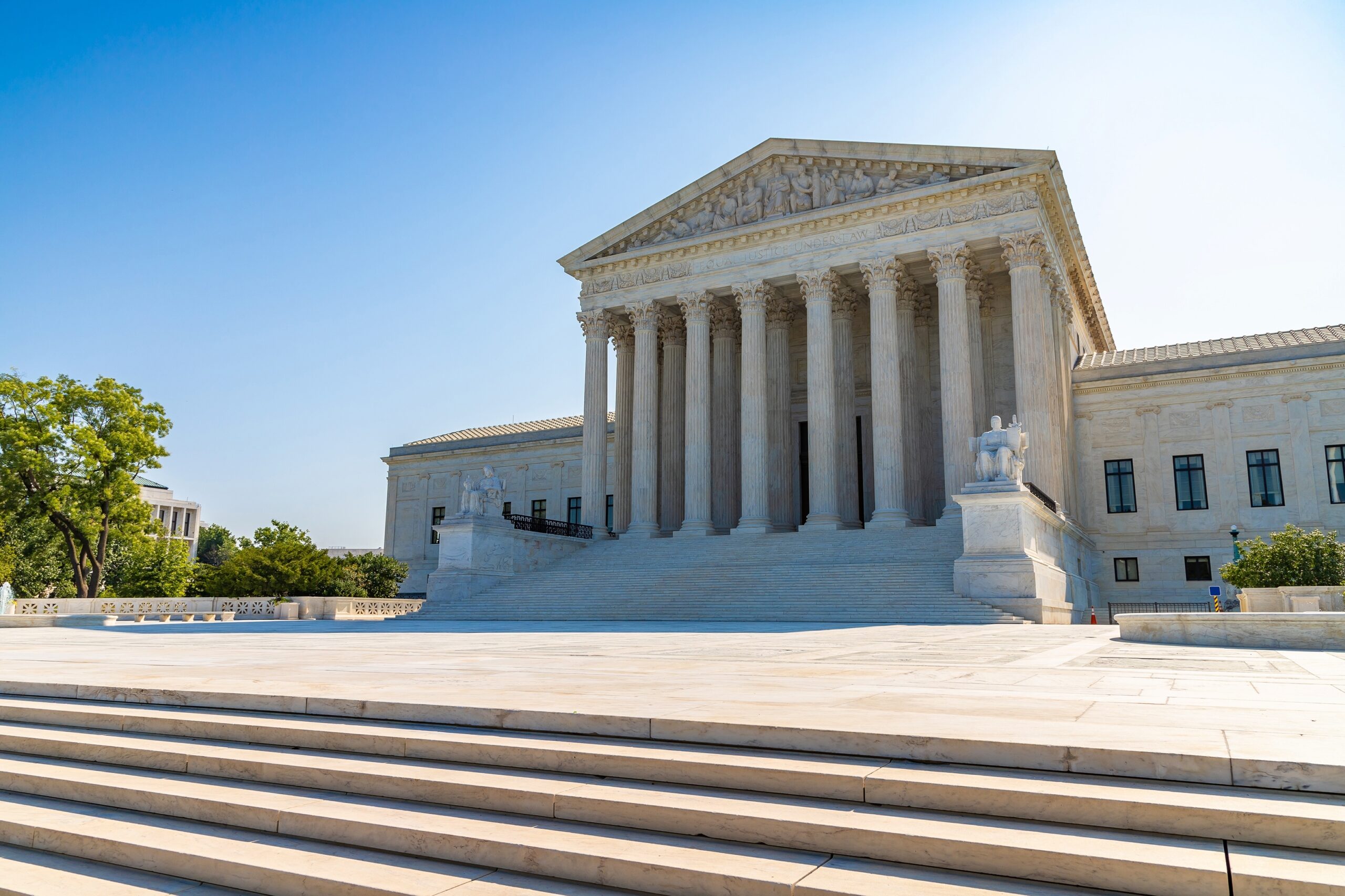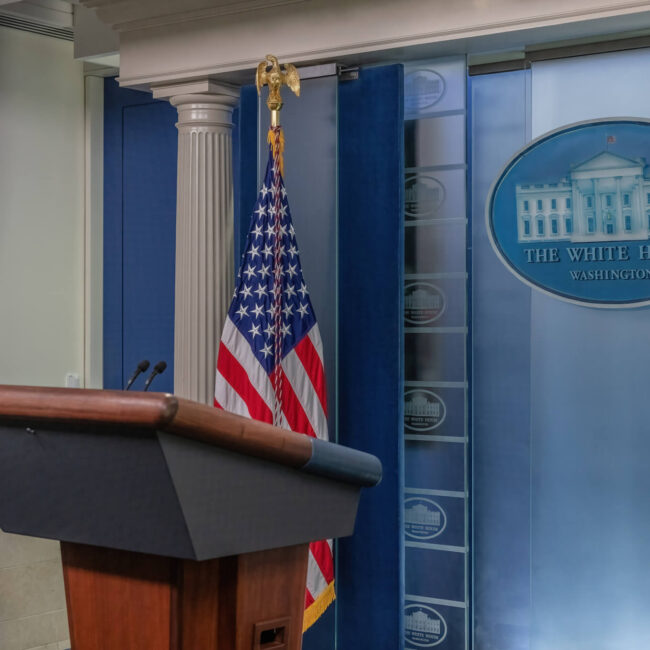Automakers Ask Congress to Lift Cap on Electric Vehicle Credit

The CEOs of the top four US automakers wrote a letter to Congressional leaders asking to delay the phaseout of the electric vehicle (EV) credit. The letter, sent by GM CEO Mary Barra, Toyota CEO Ted Ogawa, Ford CEO Jim Farley and Stellantis CEO Carlos Tavares, explained that higher costs and supply chain constraints justify continuing the credit despite the fact that manufacturers have waiting lists of buyers for their cars. “We ask that the per-OEM cap be removed, with a sunset date set for a time when the EV market is more mature,” the automakers said. (OEM refers to “original equipment manufacturer.”) The automakers believe that the credit is still necessary to get buy-in by consumers for electric vehicles.
How the EV Credit Works
The current tax credit for new plug-in electric motor vehicles was enacted in 2009 and applies to buyers or lessees of passenger vehicles and light trucks. Depending on battery capacity, the allowed credit amount is up to $7,500. The IRS provides a list on its website of the qualifying EV vehicles for each manufacturer and the amount of credit allowed per model.
The credit for a particular manufacturer’s vehicle begins to phase out when a manufacturer sells 200,000 qualifying vehicles in the US. The limit is applied on a cumulative basis for sales after December 31, 2009.
Both Tesla and GM have already reached their limit, with Tesla first at the end of 2019 and GM closely behind in March 2020. Toyota exceeded their limit recently and Ford is expected to begin its phaseout later this year. Nissan is estimated to reach its limit in 2023. Once a manufacturer reaches the 200,000 threshold, the credit phases out over a one-year period, beginning with the second calendar quarter after the calendar quarter in which at least 200,000 vehicles have been sold. The credit drops to 50% if a vehicle is acquired in the first two quarters of the phase-out period and drops to 25% if acquired in the third or fourth quarter. Beyond that time, no credit is available for vehicles manufactured by that automaker.
Position of Congress and the White House
The letter was sent to Senate Majority Leader Chuck Schumer (D-NY), Senate Minority Leader Mitch McConnell (R-Ky), House Speaker Nancy Pelosi (D-CA), and House Minority Leader Kevin McCarthy (R-CA) with some urgency because the fate of the credit could become more uncertain if Republicans take over either the House of Representatives or the Senate in 2024. They perceive a Republican majority is less likely to extend the credit, although Senator Joe Manchin (D-WV) has registered his objection to its extension in the past. In a May 2020 press release, Manchin says, “It makes no sense whatsoever for us to so heavily invest in electric vehicles as a climate solution when that means increasing our reliance on China, because right now we’re not simultaneously increasing our mining, processing, and recycling capacity at the same rate in the United States.”
President Biden and the Democratic leadership support a plan to increase and extend the EV credit for cars and trucks built by domestic, unionized workers. Under the proposal, contained in the Build Back Better plan, EV credits would increase to $12,500 if the vehicle is union-made, assembled in the US and uses US-made batteries. The regular $7,500 credit would still be allowed but would be limited to US-made vehicles beginning in 2027. The credit itself would be extended 10 years and become refundable, with income limitations though. Although one version of the Build Back Better plan passed the House, it stalled in the Senate, largely due to Manchin’s objections. The Democrats need all 50 votes in the Senate to get the legislation through.
Tesla Motors CEO Elon Musk opposes any extension of the EV credit, particularly any increase or limitation related to unionized workers. Tesla does not have a union, and Musk believes the EV credit puts Tesla, a superior product, at a disadvantage when other electric vehicle manufacturers continue to receive the credit. It is important to note that Tesla was the first manufacturer to exhaust its 200,000-vehicle limit.
With the latest setback on Manchin’s support for the Build Back Better plan, the EV extension is unlikely to happen before the mid-term elections. After the elections, the outcome will depend on which party has control of Congress. Meanwhile, electric vehicle manufacturers are moving full speed ahead to build new plants and increase the inventory of electric vehicles in the US. For example, Hyundai has announced it is building an electric battery and vehicle assembly plant near the Georgia coast, and the State of Georgia is giving Rivian $1.5 billion in incentives to build an electric truck plant in Northeast Georgia.
If you want an electric vehicle and want to take advantage of the credit, the time to buy is now, because your model choices could become more restricted over time.
Explore related insights
-
The SALT Brief
Read more: The SALT Brief
-
AI Governance: How to Balance Innovation with Ethical Responsibility
Read more: AI Governance: How to Balance Innovation with Ethical Responsibility






